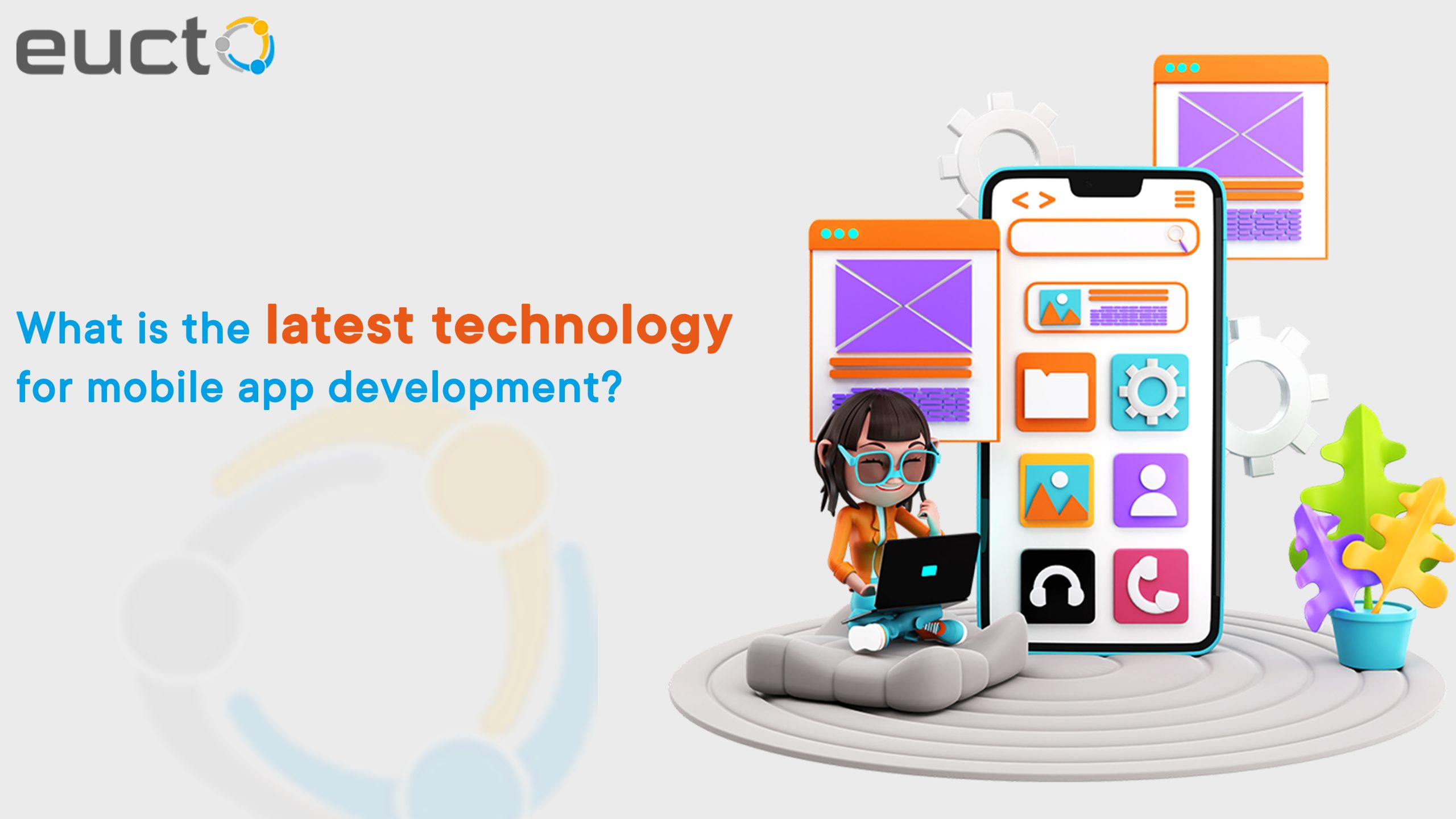What is the latest technology for mobile app development?
App-solutely Cutting Edge: The Coolest New Mobile Tech
You scroll through app store, browsing endless rows of apps. Some catch your eye with slick icons or clever names. Others promise to revolutionize your daily routines. But beneath the graphics and witty descriptions, how much has really changed?
These days, new apps tend to look surprisingly similar to existing ones. Minor tweaks here, superficial rebrands there. Yet while the surface stays the same, exciting transformations are happening under the hood. Revolutionary new tools and technologies are empowering developers to build apps that load faster, work offline, and feel downright magical compared to older generations. These bleeding-edge backends and infrastructures might not be flashy and user-facing. But they allow creativity to flourish by removing tedious technical barriers. They streamline workflows so developers spend less time wrestling protocols and more time innovating cool user experiences. And they enable efficient, modular architectures so high performance feels effortless, not fragile and overloaded.
So what are these unsung heroes of mobile technology? The trusted frameworks propelling apps to the next level? Read on, and maybe you’ll never see an app store grid quite the same way again.
Firing on All Cores with Flutter
Flutter is a open-source toolkit created by Google for building mobile apps which is mostly used in mobile app development agency to develop mobile apps. Unlike previous frameworks tied to specific operating systems like iOS or Android, Flutter apps can compile to both platforms from the same codebase. This means faster development cycles and way less hassle maintaining two separate codebases. If you peek under the hood, Flutter actually doesn’t interact directly with native iOS or Android tools at all. Instead, it uses its own high performance rendering engine to draw widgets and interfaces. By bypassing legacy layers, Flutter achieves exceptionally smooth, fluid animations rarely seen on typical mobile platforms. Scrolling feels more responsive, gestures more lifelike. For developers, Flutter’s slick Dart language also massively boosts productivity compared to native languages like Java or Swift. Rich APIs, fast compiling, stateful hot reloading that updates app code instantly without restarting ― they all add up to an insanely efficient workflow. No wonder Flutter has become many developers’ darling for crafting high quality cross-platform experiences.
Streamlined with React Native
While Flutter initially faced skepticism adopting an all-new non-native rendering approach, React Native took a different path to cross-platform nirvana. Instead of sidestepping native tools, React Native found a way to leverage them through JavaScript. The key insight was that mobile apps generally need two components: the business logic powering workflows, and the presentation layer rendering interfaces. What if these could be separated?
React Native implements mobile app logic with JavaScript, which runs consistently across platforms. But then for presentation, it taps into native iOS and Android interfaces for blazing fast rendering. This hybrid approach gives developers power over the native look and feel while using familiar JavaScript tools to drive app logic. While React Native may not entirely replace native development yet owing to some lingering limitations, its model has demonstrated JavaScript as a formidable alternative to native languages for mobile engineering. Between React Native’s lightweight approach and Flutter’s all-in toolkit, JavaScript may be poised to expand its strong web dominance into mobile as well!
Lightning Speed with WebAssembly
Sometimes developers just need raw, blistering performance unmatched even by compiled languages like C++. For cases where high intensity number crunching is non-negotiable, WebAssembly opens new possibilities. WebAssembly provides a “portable assembly language” for the web, enabling execution at near-native speeds. Also known as WASM for short, WebAssembly code runs directly in the browser just like JavaScript but with radical performance gains over JS execution. We’re talking potential speedups of hundreds or even thousands of times faster for math-heavy operations. So how does WASM pull off such extreme speeds from within sluggish web browsers? It uses a compact binary format that gets decoded and compiled by the client browser just-in-time, THEN optimized directly into fast-executing machine code for that local device. Skipping brittle interpretation and leveraging client devices’ beefy multicore processors takes WASM to the next level.
While WASM won’t replace JavaScript for general tasks due to lower flexibility, its lightning number crunching opens the door to entire application domains previously unattainable on the web. Think computer vision algorithms, real-time 3D rendering, even AI inferencing using TensorFlow ― all running locally on users’ phones with native performance. Talk about mobile potential!
Backend Brawn with Firebase
Sometimes even the fanciest frontends need a strong backend to build upon. That’s where Firebase comes in, providing a serverless real-time database to power collaborative mobile and web apps. With Firebase handling data synchronization across users, developers can focus on crafting seamless multi-user experiences.
Flexibly structured as JSON documents, Firebase databases effortlessly scale up to handle enormous demands. By partitioning databases into separate shards, Firebase can swallow absolutely massive workloads without breaking a sweat. Documents automatically replicate across servers so data stays available even when nodes fail. And automatic daily backups ensure ironclad integrity.
But Firebase’s crown jewel is its capable sync engine powering real-time data flows. As users interact with apps, crisply synchronized updates propagate across all clients near-instantly. Chat messages from friends materialize seconds after sending. Team project changes notify collaborators immediately. With Firebase handling all the synchronization logic behind the scenes, flowing real-time feels utterly frictionless.
By offering robust databases on tap, Firebase eliminates immense toil setting up complex infrastructures. Whether crafting fluid multi-player games, group productivity tools, or modern social platforms, Firebase brings backend brawn toapp builders bank
Building the Future
Beneath subtle user interface facelifts, mobile technology continues advancing at a frenetic pace. Performance barriers erode as enterprising platforms blaze new trails. Entirely new app categories stretch imaginations of what’s feasible. And smoother workflows empower developers to crank out polished products at staggering velocities.
Sure, plenty of new apps may still look disappointingly familiar on their glossy storefronts. But their sophisticated inner workings tell a vastly more captivating story. Here crackling Firebase syncs, there React Native displays, Flutter animates, WebAssembly calculates. Together these frameworks weave the very fabric of contemporary mobile experiences ― and hint at even more spectacular visions soon to come.
So next time an app update seems blah on the surface, remember the hidden harness of bleeding edge technologies breathing behind it. Revolutionary masterworks carved not from fickle user interfaces but composed through pioneering platforms built to last. The building blocks for engineers to architect dazzling mobile frontiers, one seamless widget at a time.
Related Posts
What is the main functionality of WooCommerce?
Let’s face it, in today’s online world, if your business doesn’t have a killer website, it’s like having a storefront in a ghost town. People are shopping online more than ever, and if you’re not there to meet them, well, your competitors are…… This is where WooCommerce swoops in like a superhero. It’s a plugin for
What is motion UI?
Bringing Interfaces to Life with Motion UI Desig In today’s competitive digital landscape, creating intuitive, delightful user experiences is key. This is where motion UI design comes in – animating interfaces to guide users, clarify interactions, and add personality. When strategically incorporated, motion enhances usability and breeds customer loyalty for
How can I improve my application performance?
From catching the latest cricket match to ordering steaming filter kaapi, these digital whiz kids navigate the online world with effortless grace. But have you ever wondered what makes their phone experiences so smooth? Enter the mobile app ninjas – the
Automating makes HR activities effective and constructive
We understand the critical importance of Human Resources (HR). However, have you considered the benefits of automating HR administration processes, allowing you to focus more on strategic initiatives and decision-making? In the realm of






Leave a Reply